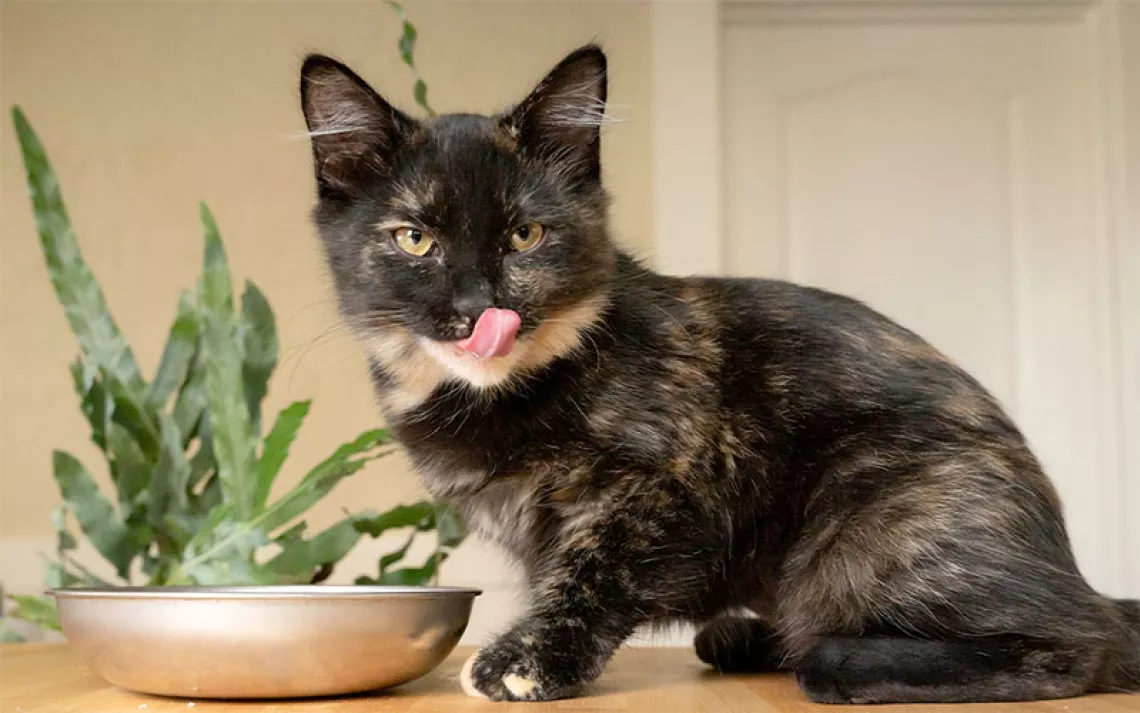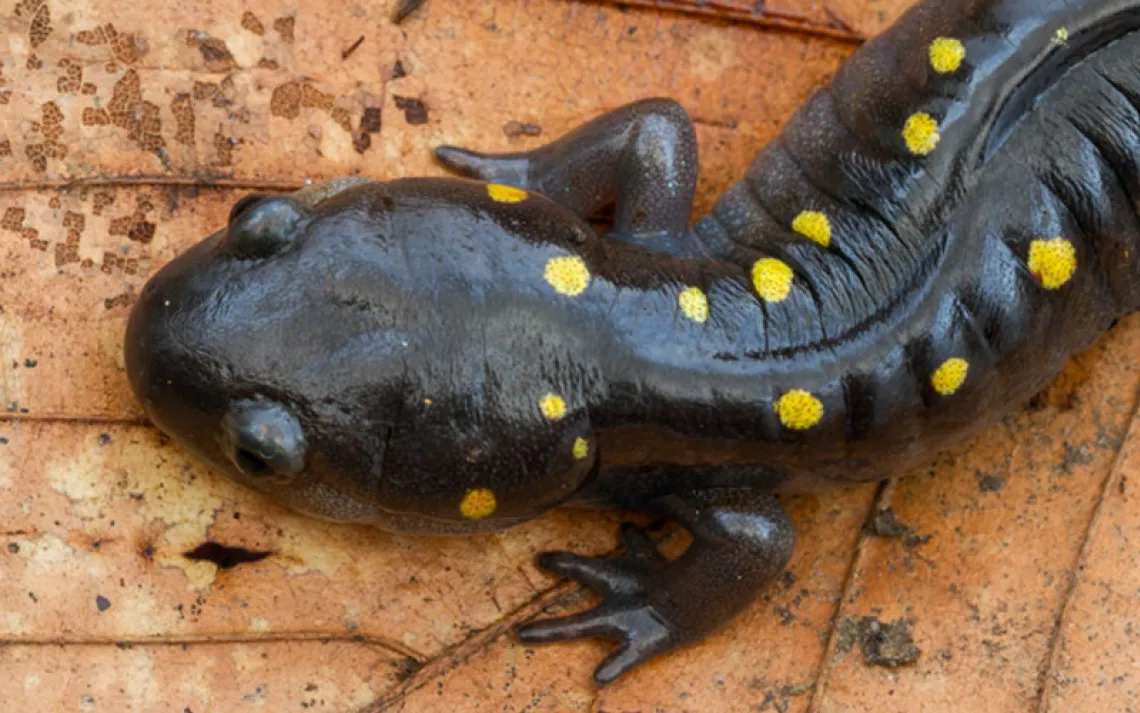Wildlife Conservation Just Got Sexy
The ins and outs of animal reproduction

Cover image Copyright 2014 Jules Howard. Reprinted by permission of Bloomsbury.
Sex on Earth, out from Bloomsbury this fall, is filled with mystery and intrigue, but not exactly the kind you’d expect from a book with “SEX” printed on it in big letters. Author Jules Howard, British zoologist and nature writer, explores the little-discussed sex lives of hedgehogs and dragonflies, as well as the plight of male fireflies that mate with lamp posts instead of female fireflies. Sierra sat down with Howard for a totally serious conversation about animal sex.
Sierra: How are we talking about animal sex wrong nowadays?
Howard: We still have a tendency to label animals with human attributes. Some of our best nature documentaries still portray lions as rugged masters of sex, while pandas aren’t worth the investment because they can’t have sex “properly.” And there’s absolutely no scientific rationale behind those viewpoints. There’s the old-fashioned idea that humans are the top of the tree, that we’re not beasts, that we’re something different. Instead, it’s more that we do things our own way, and other animals do it in their own way, and each has equal value. We are all totally linked to one another. To view ourselves as this special case, or worse, to view ourselves as kind of the ultimate in sex, is just crazy.
When I was reading your book, I was thinking about how we anthropomorphize animals. On the one hand, we have people talking about animal sex in the way we’d talk about human sex. But on the other hand, you do also admit to a bit of anthropomorphizing. It’s a tough line to tread.
I’ve spoken to a few scientists since I wrote the book, and some of them are uncomfortable with the idea of using words like “love” to label how animals feel about each other. I’m still unsure if that’s the right word to use. You either go in with hard science and everyone thinks you’re cold, or you tell it like you think it is, and some people will say, “Ooh, I’m not sure about that.”
I think it’s a two-sided coin. Anthropomorphism can be played to benefit, because humans respond very well to characters. It can be useful for making people love animals. But you can also misuse it and distance humanity from animalkind.
You make it a point in your book to discuss the sex lives of snakes and mice, animals we wouldn’t think of as particularly sexy.
I wanted to pick out animals that live around us, to draw that connection. Snakes aren’t exactly romantics, but they certainly are tender. They spend a lot of time deliberating over the act, and they do this crazy little thing with their vestigial limbs where they’ll come out and scratch the female. And mice breed massively because we have grain stores, we leave food lying around. So they’ve become these crazy sex monsters because of the world we’ve created for them.

In your book, you write that knowledge of animal sex isn’t just fascinating, but also a “conservation necessity.”
Pandas are a great example of that. They’re animals that we shoved into zoos and expected to breed like rabbits. It took about 30, 40 years for scientists to figure out that that wasn’t working—we needed to actually study their ecology and breeding behaviors. And that’s the underlying theme of the book: if we really want to understand the value sex has for human life and conservation, we have to get over our own prudishness.
It’s just “basic animal science,” you write, not something we should be ashamed of.
The media is obsessed with sex, but when you really lay it down and say, “Let’s talk about sex,” everyone runs a mile. It’s awful that we shut the gates on it and say it’s forbidden. I actually spend two-thirds of my time working with schools, trying to get schoolchildren connected with nature. It’s weird, but if writing this book has taught me anything, it’s that I have absolutely no problems with my kids reading my book. There’s nothing embarrassing about the messages in the story, nothing I wouldn’t want young people to hear.
What's your favorite animal sex story?
At the moment, I’m drawn towards the unknown, so mites kind of do it for me. There are so few people studying mite sex. The idea of being the first to really shed light on just one tiny, tiny, tiny part of nature is really exciting. I’m waving the flag for the kids who want to discover new mites.
Follow Sierra on Facebook, Twitter, Pinterest, Instagram and YouTube.
 The Magazine of The Sierra Club
The Magazine of The Sierra Club



